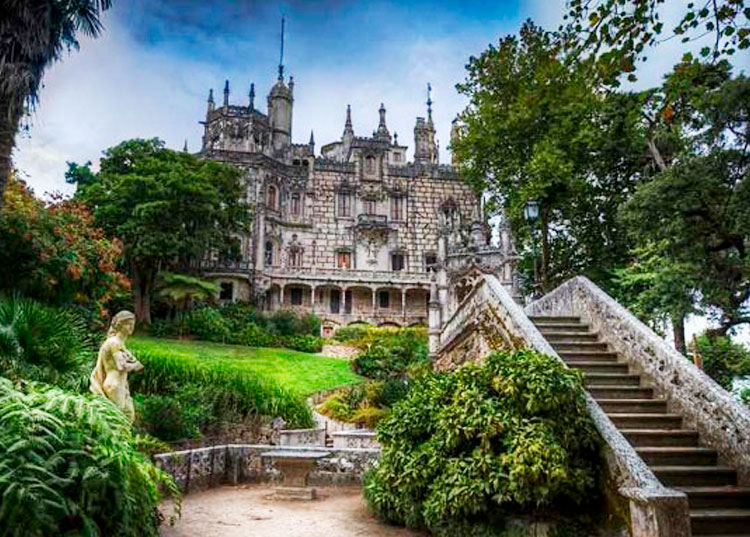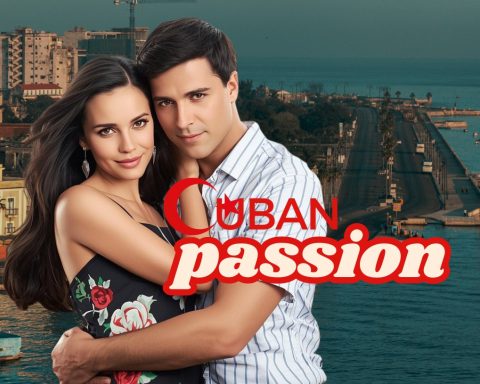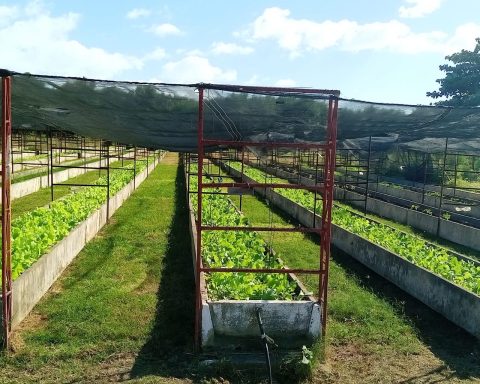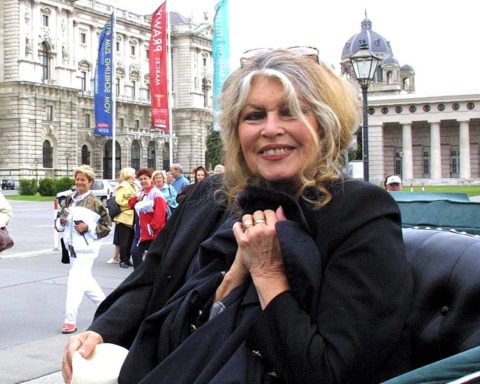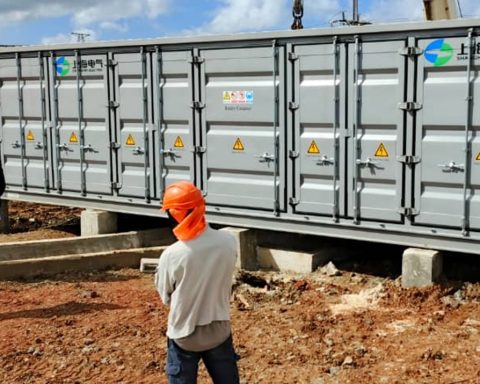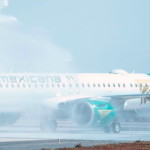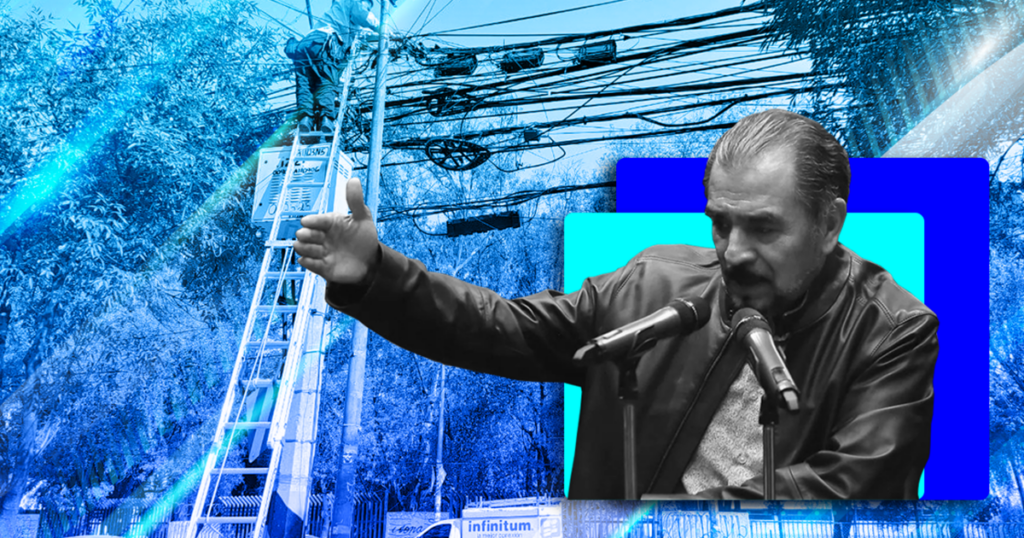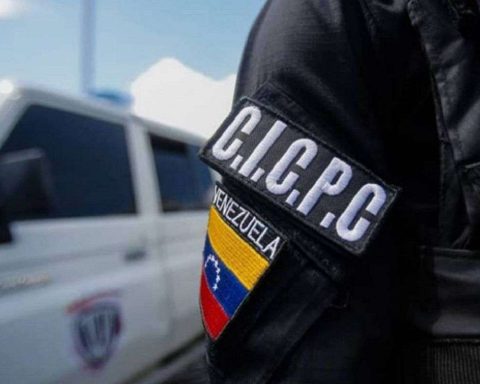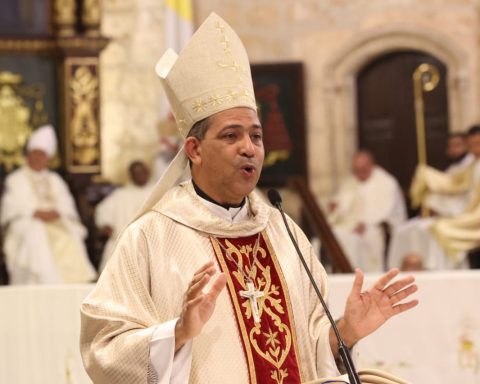CDMX, Mexico.- There are in Cuba a castle surrounded by beautiful vegetation. Upon reaching it, a huge portico with two medieval-style towers and the inscription “Cortina” welcomes you. Then the visitor can follow a marble path that leads to the main house. On this journey, he walks through its striking gardens adorned with statues and bronze lampposts. There is a vague similarity in design to that of the bombastic Parisian Versailles.
The curious thing is that although on the outside it simulated a European palace, inside the building was decorated with Asian ornaments, mostly Chinese and Japanese. Its owner was an art collector so there was no shortage of pieces there. The installations had tinsel tapestries, embroidered silk cushions, a Buddha covered with foil, oriental furniture.
That’s not all: the castle in Pinar del Río is located next to the San Diego River, which is why its first owner was able to get hold of an artificial lake where he could fish.
We are talking about the Cortina farm, one of the largest large estates in Cuba whose land covers three municipalities of the province (Consolación del Sur, La Palma and Los Palacios). Its owner was José Manuel Cortina, a Cuban politician and lawyer who became a senator of the Republic. He was a wealthy man with refined tastes, and that moved him to his property.
There are different versions about how José Manuel became the owner of these lands. The most accepted is that in exchange for his services as a lawyer in 1906, the owners of the La Güira farm offered him five hectares if he won the process, as indeed happened. That was just the beginning as Cortina negotiated and continued buying more land until they totaled some 1,800 caballerias.
In this space, as described by EcuRed, it had 6,848 farms. Which were dedicated to livestock, the planting of tobacco and fruit trees and the extraction of pine resin. Then the new government came in 1959 and everything changed.
Even though the guerrilla weekly ensure that the politician donated his lands, the reality is that they were confiscated, it was even used as one of the symbols of the “end” of large estates in Cuba
So describes it Ciro Binací: “. The cover of the initial issue of the INRA magazine, an organ of the National Institute for Agrarian Reform, showed a photo of the great Raúl Corrales in which an officer of the Rebel Army is seen at the moment when he activates the knocker on the access gate to the property: the inspector had arrived.”
After many years in total abandonment and with many art pieces stolen or vandalized, the place was reopened in December 2014, after a remodeling.
Receive information from CubaNet on your cell phone through WhatsApp. Send us a message with the word “CUBA” on the phone +525545038831, You can also subscribe to our electronic newsletter by giving click here.
